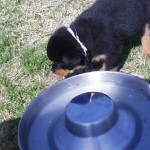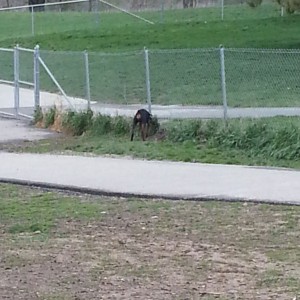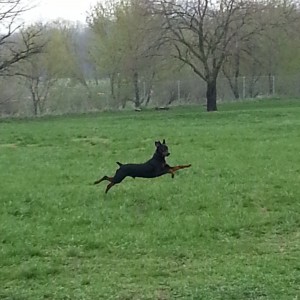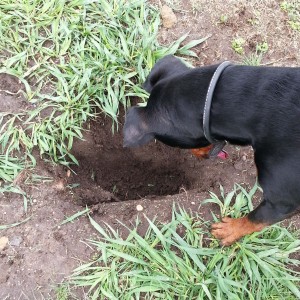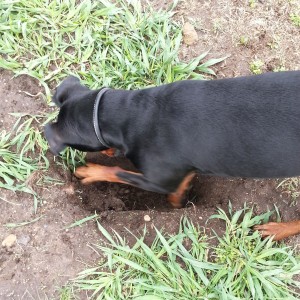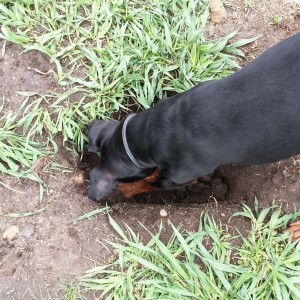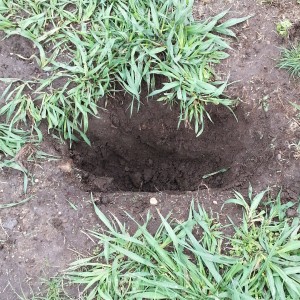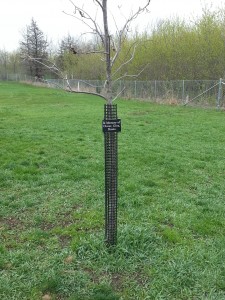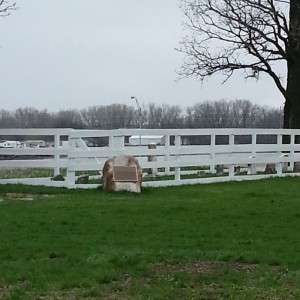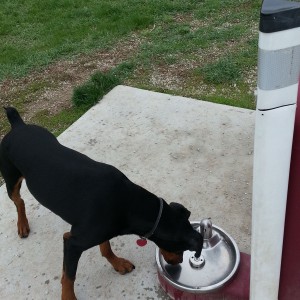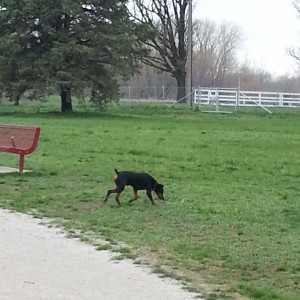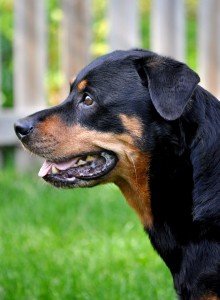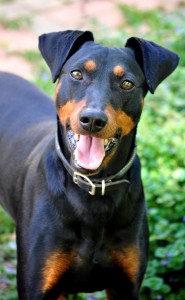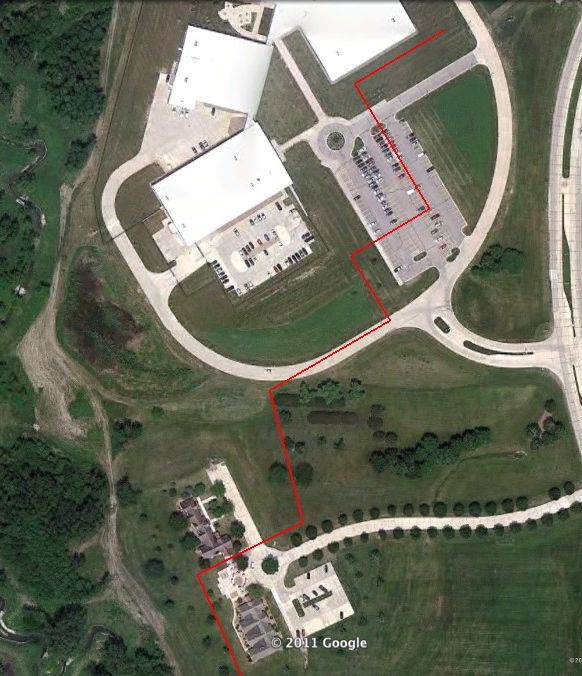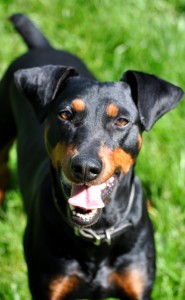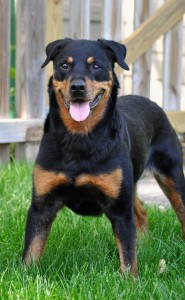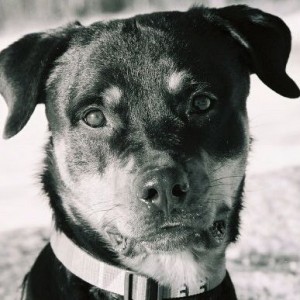 The bad stuff: Billie had been having real problems getting around the last week and a half. I thought it was a reaction to the antibiotics she’d been on for a UTI but when I came home on Tuesday she was lethargic, not really unconscious, but not able to rouse and her rear legs were cold. Called the vet, they said bring her in. There was a mass, which, on ultrasound looked like it was not on her spleen, but was, nevertheless, clearly Not Right, her liver didn’t look good, she still wouldn’t really rouse up, and her front feet as well as her rear were now cold.
The bad stuff: Billie had been having real problems getting around the last week and a half. I thought it was a reaction to the antibiotics she’d been on for a UTI but when I came home on Tuesday she was lethargic, not really unconscious, but not able to rouse and her rear legs were cold. Called the vet, they said bring her in. There was a mass, which, on ultrasound looked like it was not on her spleen, but was, nevertheless, clearly Not Right, her liver didn’t look good, she still wouldn’t really rouse up, and her front feet as well as her rear were now cold.
She was twelve. She had a lot of issues. I opted not to do exploratory surgery and let her go.
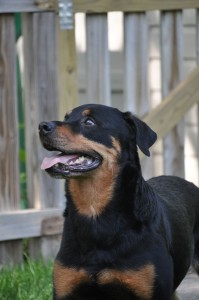 The slightly less bad stuff: I asked them to do an autopsy and they found that the mass was indeed on the spleen, just oddly positioned and her liver was, to quote her vet, a mess. There wasn’t one nodule that wasn’t compromised in some way. Some sort of fast developing cancer, possibly hemangiosarcoma. I feel lucky, in a way, that she was as good as she was for as long as she was, that I did the right thing for her, that I got to say goodbye and all those things you hope you get to do. She was an awesome dog and I had her a long time and I miss her.
The slightly less bad stuff: I asked them to do an autopsy and they found that the mass was indeed on the spleen, just oddly positioned and her liver was, to quote her vet, a mess. There wasn’t one nodule that wasn’t compromised in some way. Some sort of fast developing cancer, possibly hemangiosarcoma. I feel lucky, in a way, that she was as good as she was for as long as she was, that I did the right thing for her, that I got to say goodbye and all those things you hope you get to do. She was an awesome dog and I had her a long time and I miss her.
The good stuff: I lost Riley (my very first Rottweiler) in August, 1999 and for awhile there was just me and John Henry, but I knew I wanted another dog eventually and when Ruth Vogel told me she was planning a litter, I knew I wanted one of those puppies. There were nine puppies in the litter and I remember that I kept looking for a puppy that would be just like Riley until I realized that there would never be a puppy just like Riley, so I let Ruth pick my puppy. And I didn’t know for sure until the day before I picked her up that Billie (who, of course, didn’t have a name yet though we called her ‘Dot’ or ‘the dotted ribbon girl’ because of the dotted ribbon around her neck to tell her from the other puppies) would be my girl.
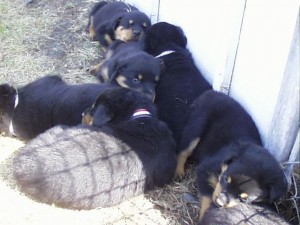
This was the ‘I’ litter and Billie’s full registered name is Vogelhaus I’m A Charmer or Charming Billie or Billie. And she was, always, a charmer (at least in my opinion). She and John Henry got along well in that loud way that Rottweilers get along.
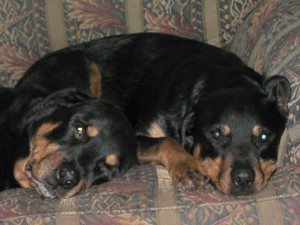
She was little by Rottweiler standards and would always be little.
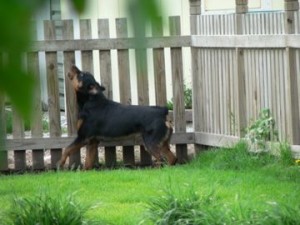
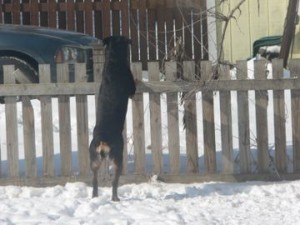
But mighty.
At least in her own mind.
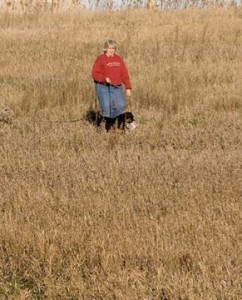
She had one of the best noses of any of my dogs, but also one of the most difficult to read so that when she finally got her TD in Omaha, it was a BIG deal.
She had idiopathic seizures from the time she was four and a half and for seven and a half years she was on phenobarb and potassium bromide. These drugs helped but in the beginning she had a pattern of being fairly well controlled and then having breakthrough seizures that got closer and closer together until we upped the dosage and would go through it again. I was terribly afraid we’d reach a point where we couldn’t increase the dosage any more and there would be nothing to be done. Fortunately, before that point we tried acupuncture, which helped tremendously.
A little over six years ago, the Ames hospital started a pet therapy program so Billie got her TDI and we started visiting and kept visiting nearly every week right up until two weeks ago. She was especially fond of depressed teenaged girls, but, really, I’m pretty sure she believed that people came to the hospital not because they were sick, but to see her.
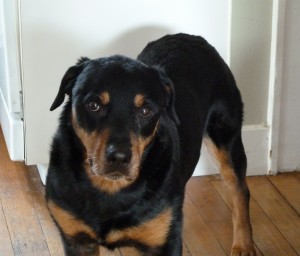 She was an incredibly hard dog to take a picture of. This is a typical sad Billie picture full of sadness because the world is sad and why are you taking my picture.
She was an incredibly hard dog to take a picture of. This is a typical sad Billie picture full of sadness because the world is sad and why are you taking my picture.
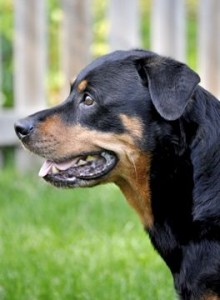
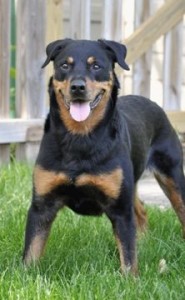
Luckily for me, Rachel Ritland managed to take some lovely pictures of Billie back in 2010 and I’m grateful that I have them to remember her by.
I’m also tremendously grateful to Dr. Safris and Dr. Paulin and their staff at Westfield Veterinary and to Dr. Farr at Natural Solutions. And, finally, thank you to Ruth for giving me this wonderful girl. I couldn’t have asked for a better companion.
